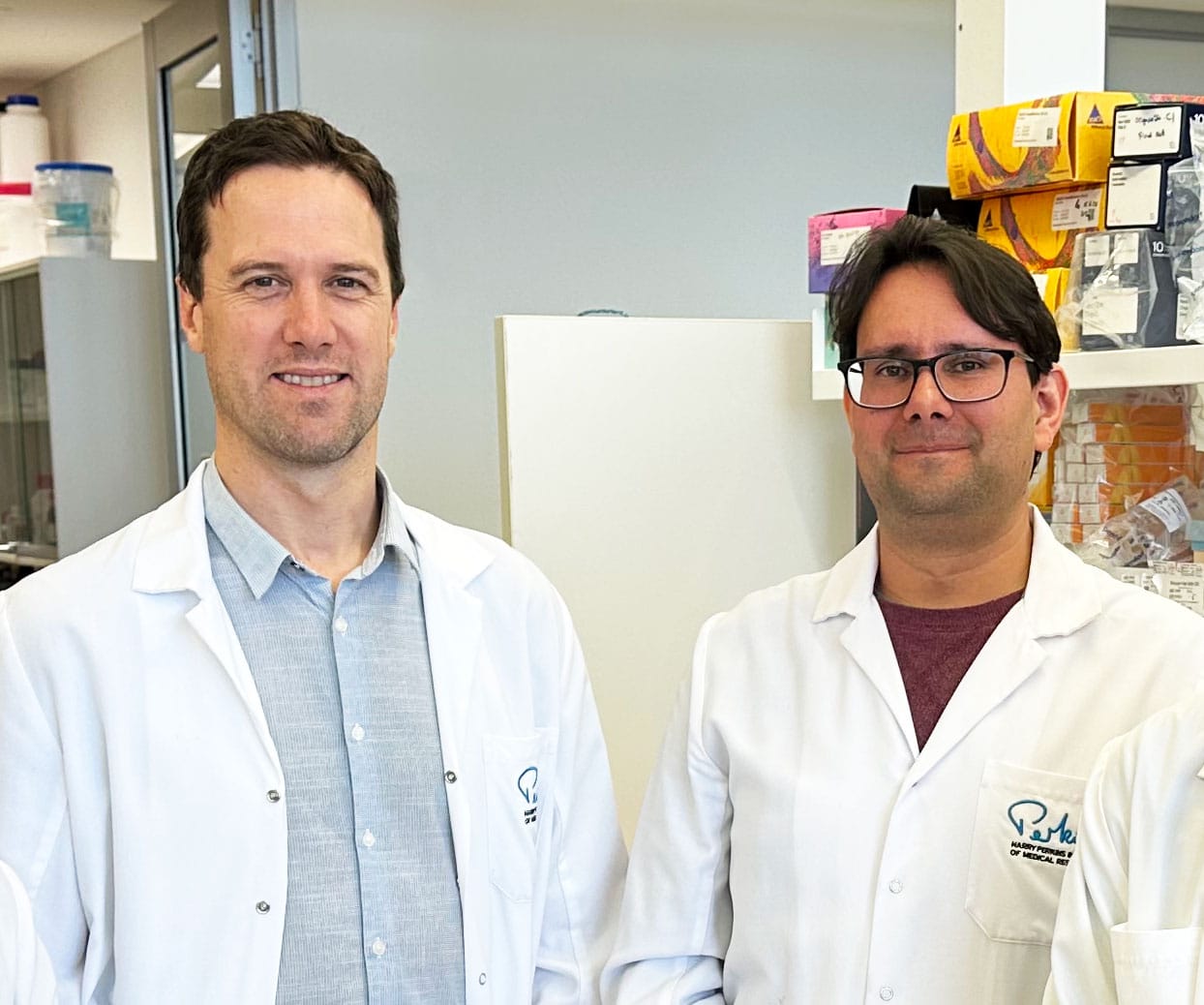
Researchers from Western Australia and South Australia have been awarded $960,000 through the Medical Research Future Fund’s 2024 Stem Cell Therapies Mission to develop advanced stem cell-based models that could pave the way for new treatments for rare and currently untreatable childhood brain disorders.
The collaborative project brings together scientists from The University of Western Australia, the Harry Perkins Institute of Medical Research and the University of Adelaide, to investigate neurodevelopmental disorders caused by mutations in the body’s epigenetic machinery–systems that control how genes are switched on and off during development.
Professor Ryan Lister and Dr Daniel Poppe (pictured above) from UWA and the Harry Perkins Institute will lead the work from WA.
Professor Lister, an expert in epigenetics whose research has advanced our understanding of genome regulation in stem cells and the brain, said the team will use cutting-edge stem cell and genomics technologies to model rare epigenetic disorders such as Rubinstein-Taybi, Wiedemann-Steiner and Kabuki syndromes to uncover disease mechanisms and test targeted therapies.
“We’re creating next-generation tools–high-precision stem cell and brain organoid models–to better understand how genes are incorrectly controlled in these disorders, and to screen for drugs that might help restore healthy brain function,” Professor Lister said.
Dr Poppe, a stem cell biologist who develops sophisticated models of brain development and disease, said many of the conditions have no effective treatments, and better models to study them are urgently needed.
“By using advanced stem cell and brain organoid technologies, we’re creating a platform that could help fast-track the discovery of therapies,” Dr Poppe said.
The Adelaide research will be led by Professor Jose Polo, Director of the Adelaide Centre for Epigenetics, Dr Adrienne Sullivan, an expert in development and epigenetics, and Dr Rudrarup Bhattacharjee, a neurobiology researcher focused on stem cell models of disease.
“One of the biggest challenges in studying neurodevelopmental disorders is the lack of direct access to human brain tissue, making it difficult to model these diseases accurately,” Professor Polo said.
Dr Adrienne Sullivan said that the potential therapeutics that they hope to identify may alter the development trajectory of neurodevelopment disorders and may help enhance quality of life.
“Our goal is to create real-world impact for families affected by these life-long conditions,” Dr Bhattacharjee said.
